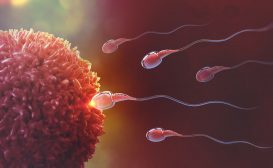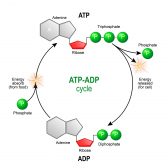Definition
noun
A hexoaldose monosaccharide with a chemical formula of C6H12O6, and an isomer of glucose from manna, the ash Fraxinus ornus, and related plants
Supplement
Monosaccharides are the simplest form of carbohydrates. They may be classified based on the number of constituent carbon atoms. For instance, hexose is a monosaccharide with six carbon atoms. They may also be classified based on the functional group present: aldose and ketose. Mannose is a hexose monosaccharide that belongs to the group of aldoses. As an aldose, mannose has an aldehyde as a functional group.
Mannose is a stereoisomer of glucose. In particular, it is a C-2 epimer of glucose. It occurs in two ring forms: the pyranose form (i.e. a six-membered ring that consists of five carbon atoms and one oxygen atom) and the furanose form (i.e. a five-membered ring consisting of four carbon atoms and one oxygen atom).
In human metabolism, mannose is involved in the glycosylation of certain proteins.
Glucose can be turned into mannose through the Lobry-de Bruyn-van Ekenstein transformation. Another way to produce mannose is by the oxidation of mannitol.
Mannose from the digestion of polysaccharides and glycoproteins is phosphorylated by the enzyme hexokinase. The resulting mannose-6-phosphate can enter the glycolysis when it is converted to fructose-6-phosphate by the enzyme phosphomannose isomerase.
Chemical formula:
- C6H12O6
Synonym(s):
See also:
- monosaccharide
- glucose
- lactose
- Mannans
- Glycoprotein
Related term(s):







